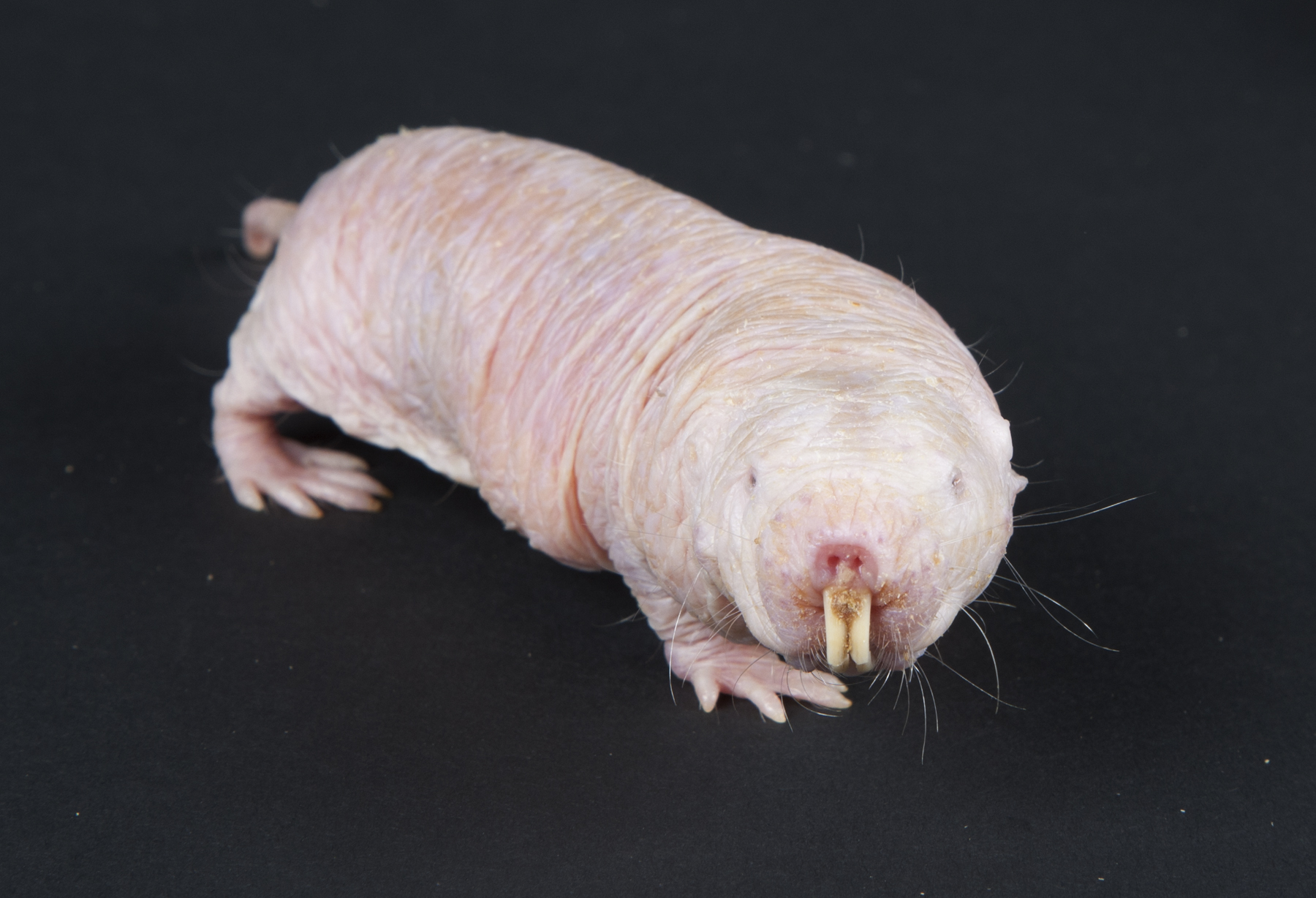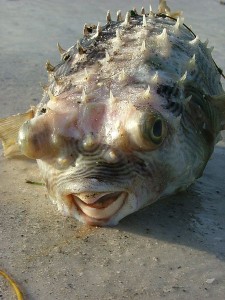
An exaggerated rendition of ‘gravitational lensing,’ an indirect way of observing black holes via their gravitational effect on light. (Wikipedia Commons)
A couple weeks ago, renowned theoretical physicist Stephen Hawking released a paper suggesting a new take on black holes. This paper, “Information Preservation and Weather Forecasting for Black Holes” — and although yet to be peer-reviewed — strives to unravel the “firewall” controversy surrounding black holes. This so-called controversy came about through the work of Stephen Hawking himself: in 1974, Hawking theorized that black holes should emit some kind of radiation. While black holes are capable of trapping even light itself, the probabilistic and dualistic nature of small particles means that particles should be released beyond the event horizon, that is, the theoretical point-of-no-escape for a black hole due to its immense gravity. This means black holes radiate: this radiation is commonly referred to as “Hawking radiation.”

An extremely simplified diagram showing the theoretical processes behind Hawking Radiation. (Stephen Dilorio)
However, in 2012, a group of theorists published a paper in which they applied the workings of quantum mechanics to this phenomenon and realized that, if Hawking radiation exists, it would create a wall of energy around the event horizon of the black hole, a literal “firewall.” Anything passing through the event horizon would be burnt by this energy, but more importantly, it would make black holes visible and extremely obvious. And as we know, no black holes have ever been directly identified: we can only infer their existence through theoretical physics and indirectly identify their locations through the effects of their gravitation pull.
To counter this, Hawking addresses the nature of event horizons and most importantly suggests that they may not be as “strong” as previously believed: that is, light is able to pass through, and black holes may even “leak” matter. Hawking calls these boundaries “apparent horizons.” This goes against the widely held belief that once you pass an event horizon, there is no escape from a black hole, the most well-known characteristic of a black hole. This is what gives black holes their “black” nature, their ability to trap light.
Hawking’s paper isn’t so much a deliberate attempt to solve the paradox outright, but rather, suggests a new way for us to think about the event horizon of a black hole. What makes the paper interesting is that, while the study of black holes involves the heavy usage of mathematics, the paper itself contains no such calculations and comes up to a grand total of 3 pages (not including references). As such, it has been met with both skepticism, but some enthusiasm as well. After all, Hawking is a respected member of the field. This casts an interesting light on this field of science: although it eventually does follow the same rigorous methodology that defines most scientific pursuits (i.e making predictions and confirming them), it shows the power of sitting down and thinking when trying to unravel scientific mysteries.
– Nicholas MacDonald























